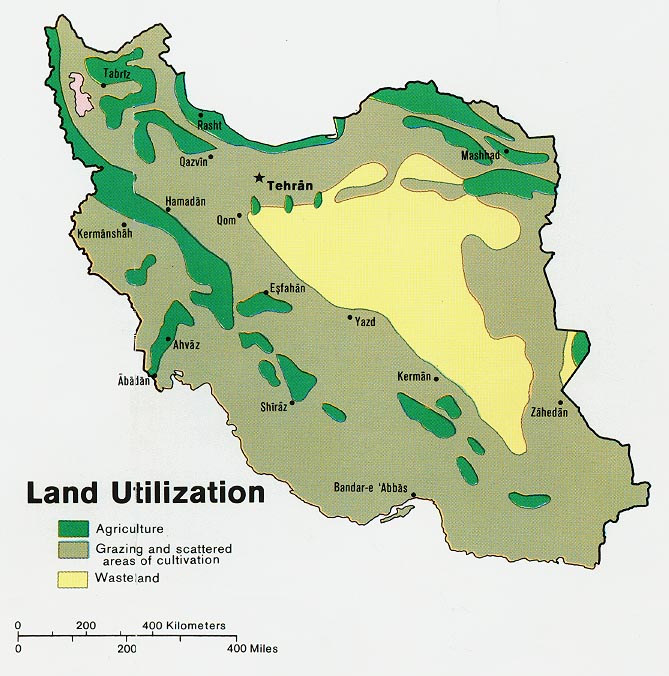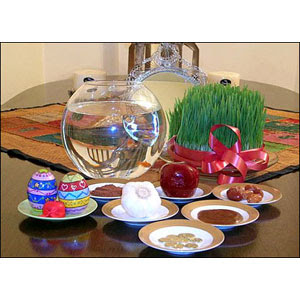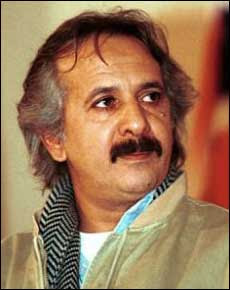Unit One Research Project - Iran
Slideshow
Friday, August 27, 2010
The Flag of Iran
The flag of Iran was officially adopted on July 29, 1980. The colors of the flag date to the mid-18th century; green represents Islam; white represents peace, and red means courage. The centered symbol is said to symbolize the five principles of Islam. According to sources, the white stylized script on the red and green panels, repeated 22 times, is the Islamic phrase Allahu Akbar, meaning "God is greater than to be described. " The centered sword is representative of the country's strength.
Thursday, August 26, 2010
Disputs
Disputes in Iran
Iran-Iraq War
Reason for dispute: Iraq invaded Iran
History: Disagreements between Iraq and Iran (concerning geographical boarders and religion)
Result: U.S got involved and allies built up.
Air war and ground war was too much for Iraqi military. They pulled out.
Reason for dispute
Iran's nuclear power and the West who says "No!" (2002-?)
Reason for dispute: Iran has nuclear power which Europe and the U.S aren't fond of.
History: Iran was constructing nuclear weapons but claims that they are doing exactly that, and still produces more nuclear arms. The U.S is sure that they are lying about not doing any of this and suspects even more nuclear technology.
Results:
Bush declares Iran part of the "axis of evil"
Iran still continues with nuclear program
Natural Hazards
Iran is know to have the following natural hazards or disasters: periodic droughts, floods, dust storms, sandstorms, earthquakes.
Land Use
9.7% of Iran's Land is arable- which means that it can be used for farming. While the rest of the land is used for other things such as industry and residential areas.
Holdays
National Holidays:
| Farvardin 12 | Islamic Republic Day | روز جمهوری اسلامی |
| Bahman 22 | Victory of the Revolution | پیروزی انقلاب |
Major Infectious Diseases
Major Infectious Diseases in Iran include Malaria, Crimean Congo Hemorrhagic Fever, and Bacterial Diarrhea
Sports
o Many sports are practiced in Iran, both traditional and modern. Tehran, for example, was the first city in the Middle East to host the Asian Games in 1974, and continues to host and participate in major international sporting events to this day. Freestyle wrestling has been traditionally regarded as Iran 's national sport, however today the most popular sport in Iran
Traditional sports – body building, polo, wrestlingTrafficking
o Iran Iran
Ethnic Groups
o Azeris. Roughly one out of every four Iranians is Azeri, making it Iran
o Kurds. Predominantly Sunni, the Kurds reside mainly in the northwest part of the country—so-called Iranian Kurdistan—and comprise around 7 percent of Iran ’s population (there are roughly four million Kurds living in Iran
o Arabs. Along the Iranian-Iraqi border in southwest Iran
o Baluchis. Iran Pakistan and Iran
Data on population
o In November 1986, the government reported that the preliminary count in the fourth national census, which had been conducted during October, showed a total population of 48,181,463
o According to the preliminary results of the 1986 census, the average population density for the country was twenty-nine persons per square kilometer. In some regions, especially along the Caspian coast and in East Azarbaijan , the average density was significantly higher, while in the more arid regions of the Central Plateau and Baluchestan va Sistan, average population density was ten or fewer persons per square kilometer.
Food
o Dolma (Stuffed Grape Leaves)
o Yogurt and Mint Sauce
o Kebab Morgh (Grilled Skewered Chicken)
o Shirazi (Cucumber and Tomato Salad)
Famous People
o Jalal ad-Din Muhammed Rumi (1207-1273) 13th century Persian Muslim poet, jurist, sage, mystic and theologian.
o Mohammad Reza Lotfi (b. 1947) composer, master of the traditional Persian radif, and player of the tar and setar.
Subscribe to:
Posts (Atom)



















